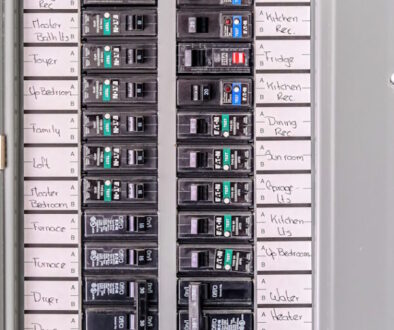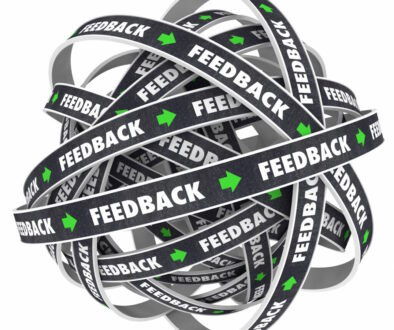Don’t Solve Every Problem
This is hard for me to say. I like to solve problems. Most people reading this also like to solve problems. It’s in our blood to fix what’s broken, improve what’s inefficient. It can also be a mistake.

I’ve talked about this before. At the start of the Back to the Basics series I posted about Tensions to Manage. I’ve thought about this topic more lately as I’ve read about the shift in attitudes towards estimation. The desire of strategic decision makers for estimates is a tension at odds with the desire for the Agile Team to concentrate on the now. The solution doesn’t lie in eliminating all estimates. Likewise the solution doesn’t lie in forcing the team to do detailed estimates for everything. The solution is to manage the tension, not give a final answer.
These situations are common in an Agile transition, especially in the early days. To maintain our sanity as coaches we need to realize that not all problems need to be solved immediately.
I’ve already mentioned estimation. This is something that can change drastically over time. A pure stage-gate environment relies heavily on estimates of how long work will take. A pure continuous delivery environment relies on breaking work down far enough that estimates of time are largely unnecessary. There is a middle ground that most of us will live in for most of our careers.
Development process is another place that can create tension in a transitioning team. Test Driven Development with Continuous Integration is seen by many as a great environment for agile software development. A team used to coding requirements and tossing the executable over the wall to a test group is not going to be able to change their entire process in a single day. The big picture is a problem, but the reality is a tension.
Line management’s function is another place where tension rises and is often overlooked. Line managers are used to directing their teams. Most Agile methodologies and frameworks include at least some level of team self-direction. This can leave line managers struggling to find their place in a new workplace. As a coach it our job to help the manager mange the tension of leading a team while allowing the team to self direct.
These are just some examples of where on the surface we see problems to solve, but in reality we have tensions to manage. Where are you fighting to solve a problem that should be approached as a tension to manage? Where are you managing a tension that should be pushed to the level of solving a problem?




